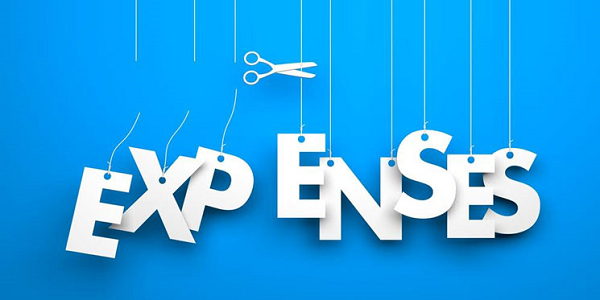
Recently, we had a client who approached us about doing a fix-and-flip loan for a property he was considering. We do these a lot, so I was glad to help him and began asking him a few questions. When we got to the subject of how much financing he needed, he said he wasn’t sure. He said he could guess the amount but wasn’t sure what to consider when estimating the rehab costs.
Trust me, when it comes to a fix-and-flip loan, you don’t want to borrow too little or too much. Either way, it can get you into trouble. I can’t tell you everything you will need to consider when estimating the cost of rehab, but I can give you some general places to look. First, go to the Tools and Resources section of our page and download a rehab estimate form. That should give you a detailed list of items you might need to address during a regular rehab. In addition, these three things will get you pointed in the right direction.
Consider the Contractors.
If you have ever worked with contractors, then you know that prices, experience, and skills vary. Material and labor costs can get out of control quickly if you work with the wrong company. There is also the problem with time. Over time, missed deadlines and construction delays can be costly and soak up money like a sponge. The longer it takes to complete your rehab, the more it will cost you in property insurance, taxes and interest payments on your private loan. Working with a reputable company or an individual will go a long way in eliminating many of these worries. For more information on finding and managing contractors, please see our previous blog.
Bells & Whistles.
Everyone wants an aesthetically pleasing property, but how much is enough? Will there be vinyl flooring or tile? How about wood moldings? Should you use granite countertops for your kitchen or consider more modestly-priced materials? All of these are selling points that factor into the asking price, but they also affect the bottom line.
To strike the proper balance, study the most recent sales in your immediate neighborhood. The general rule is to start looking within a mile of your subject property if it’s located in the suburbs and to narrow your area if you are evaluating a Washington DC property. Study the properties that are sold at or close to the price you have in mind and model your rehab after them. If you see modern kitchens with granite countertops, recessed lights, and skylights, consider incorporating similar features in your rehab. If such improvements are above your budget, concentrate on a few expensive items and do away with the rest. However, consider adjusting your price down if the competition offers more bells and whistles. Remember, as a rehabber, your goal is not to fetch the highest price but to make the most profit.
Building Codes.
Specialists such as architects and licensed contractors can drive up the work price. However, for larger projects that involve additions and/or are located in areas such as Washington, DC, you would be better off working with licensed folks. If you need a permit, they can help you navigate bureaucracy and avoid significant delays. However, you need to investigate in advance whether you should hire a licensed contractor or, as most of our clients, can get away with a skilled jack of all trades who will charge you less. Factor this in when you prepare to apply for your fix-and-flip loan.
Finding the right investment can be an incredibly rewarding experience, but you have to work for it. Take time to really look into the costs associated with your rehab. Then accurately predict what you need from your fix and flip loan. When you are ready, we’ll be here for you.
 New Funding Resources
New Funding Resources 





Leave a Reply